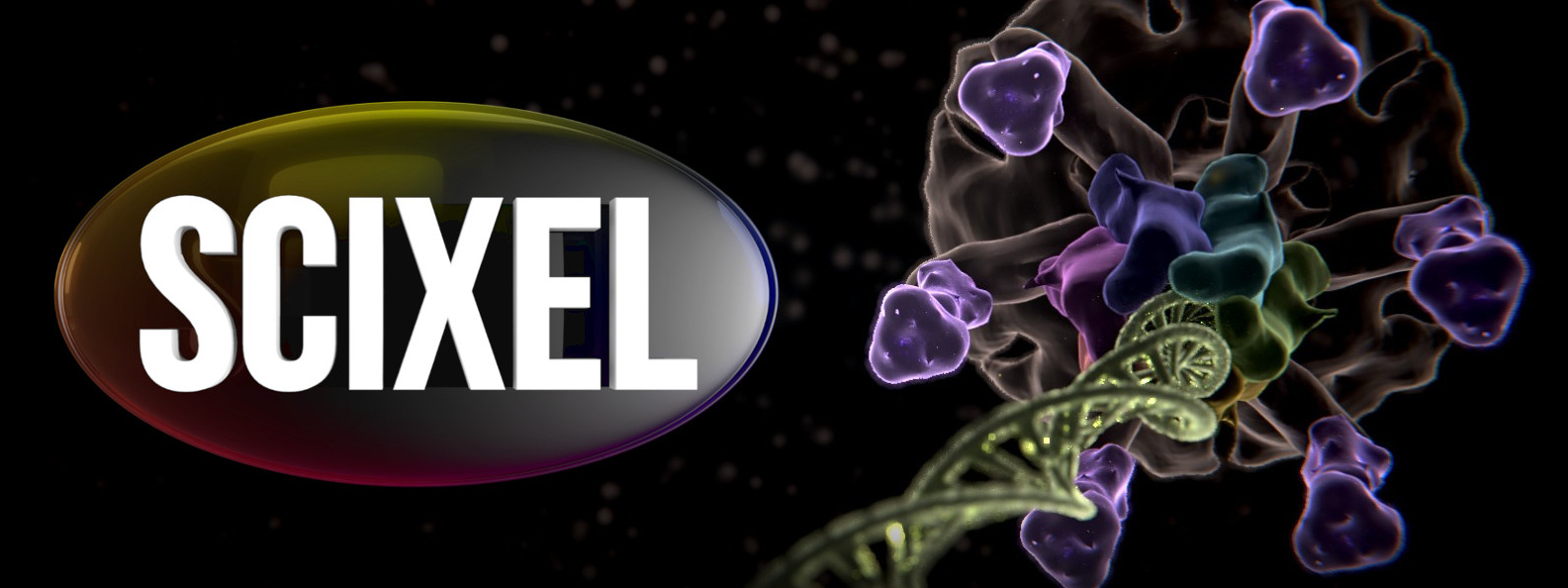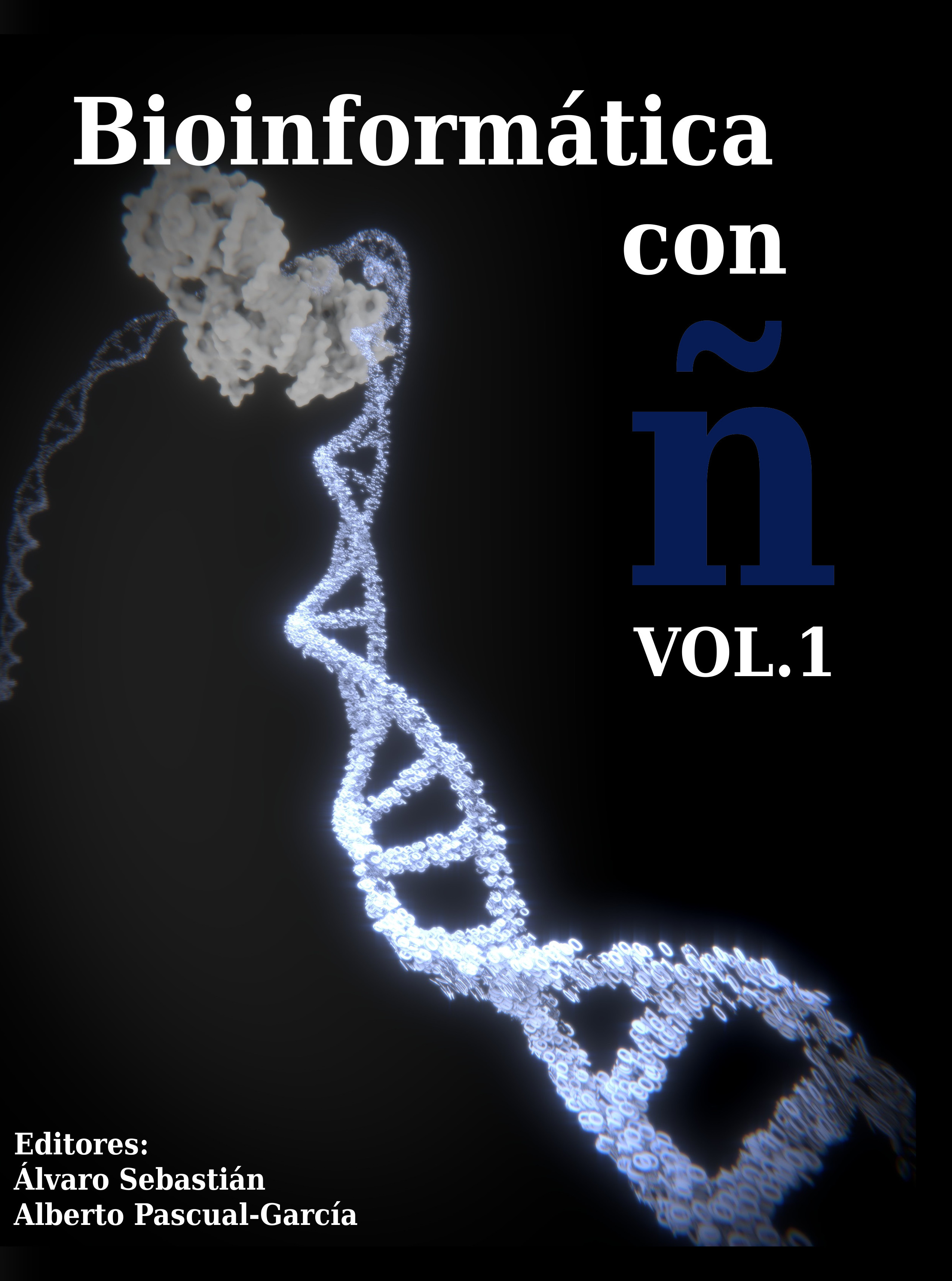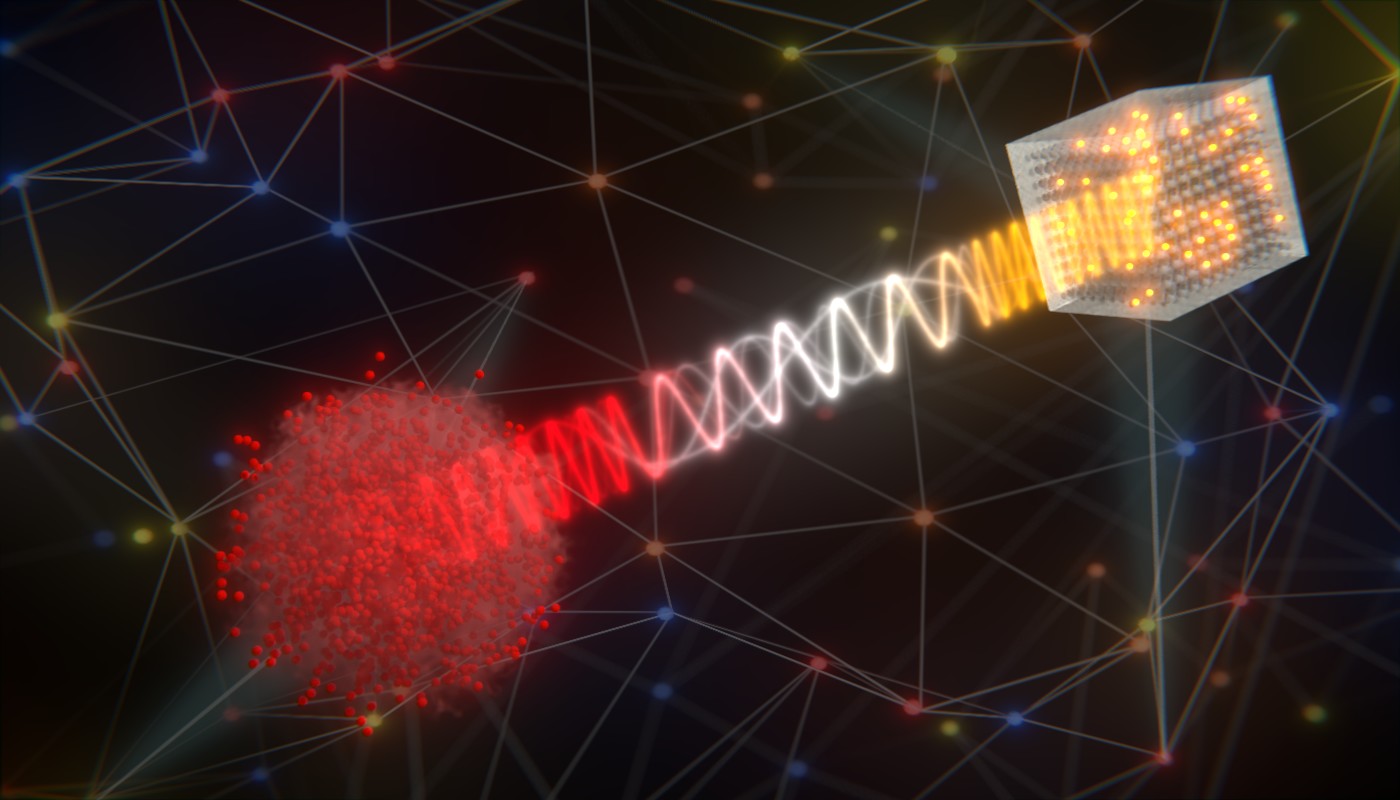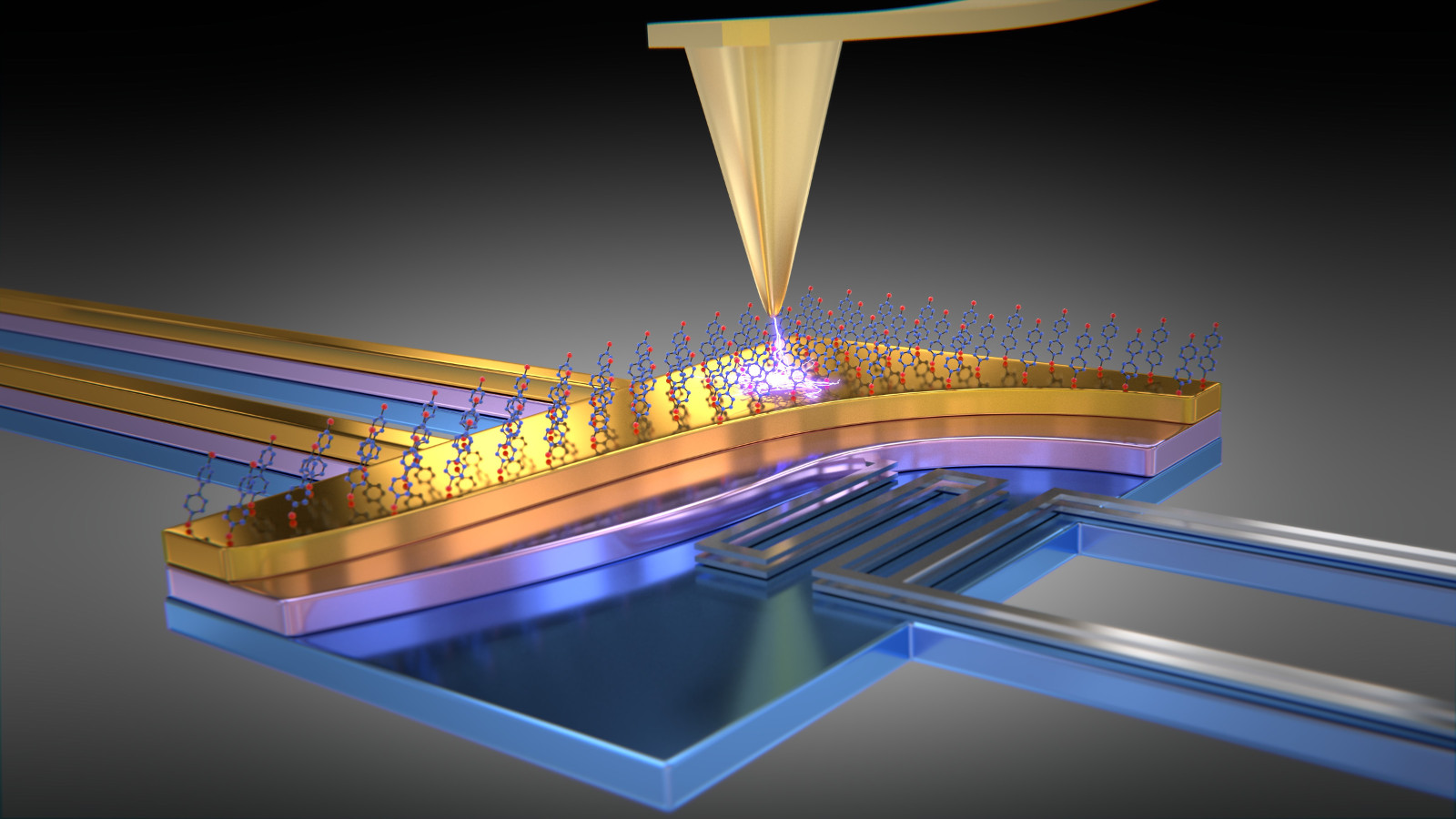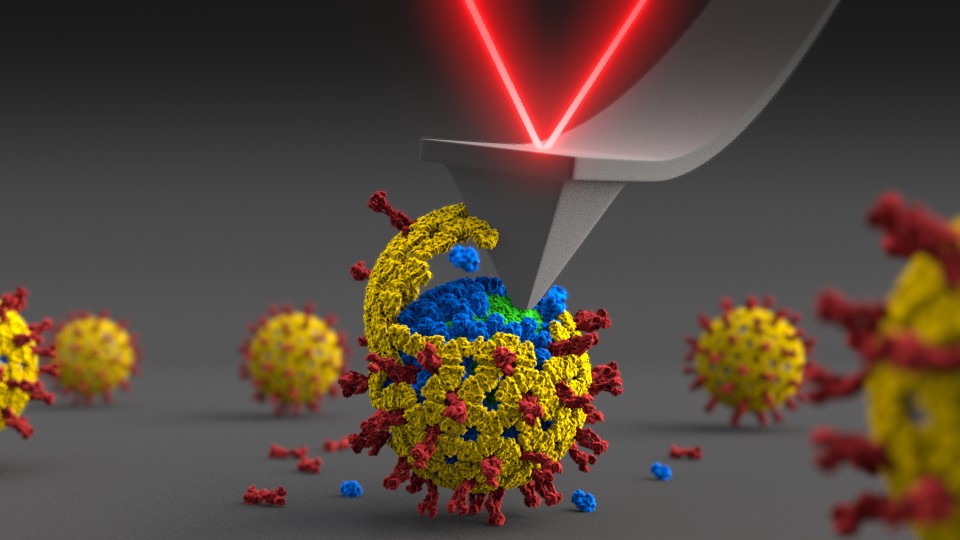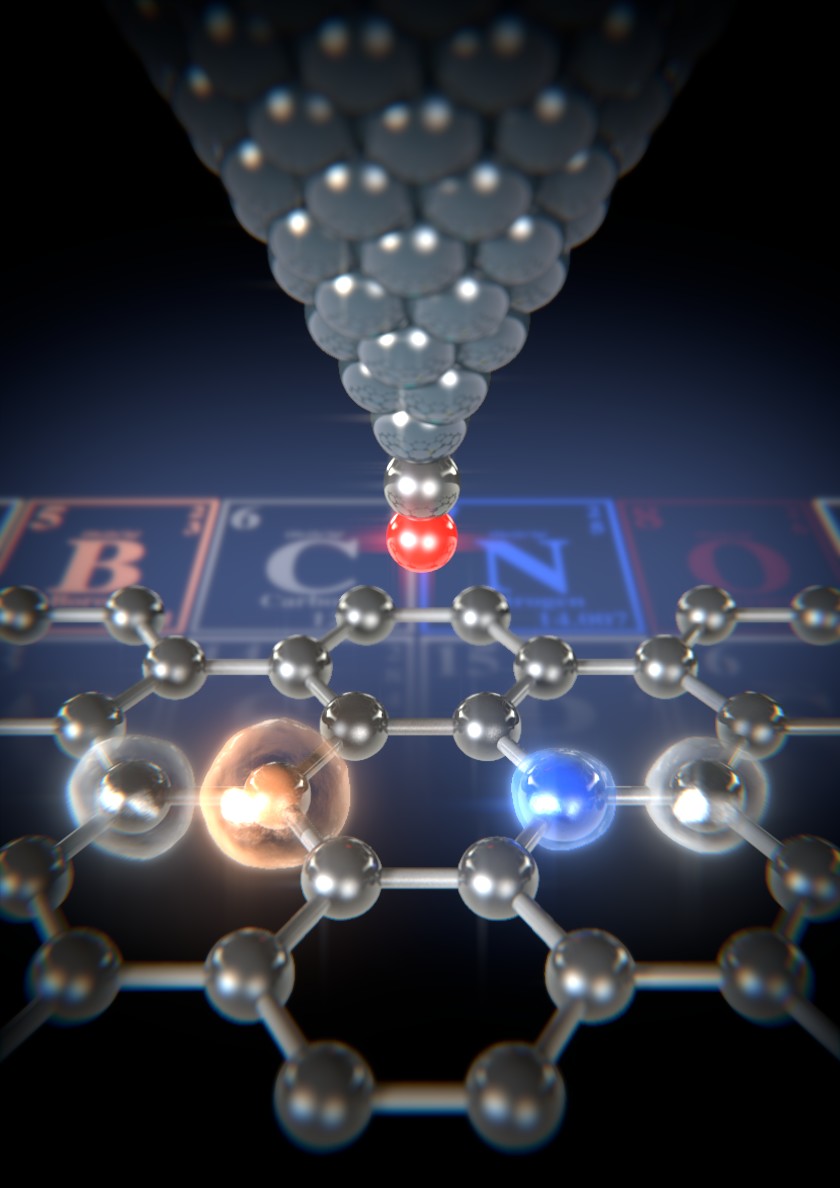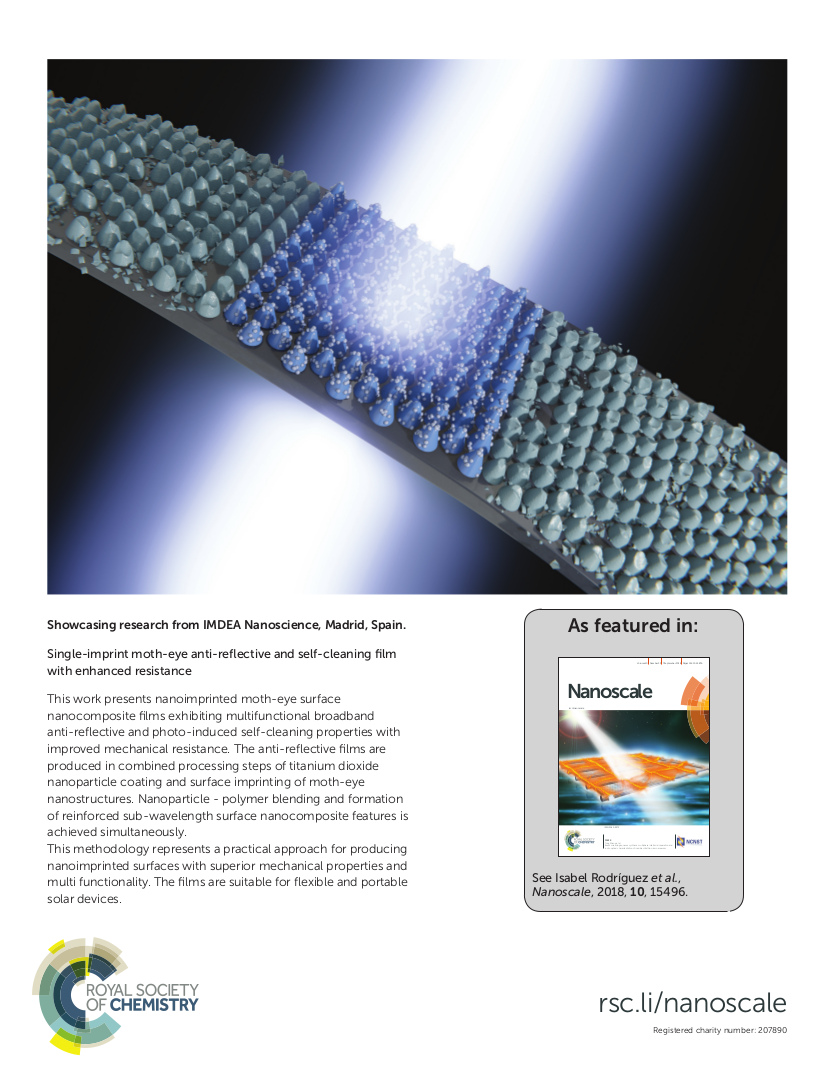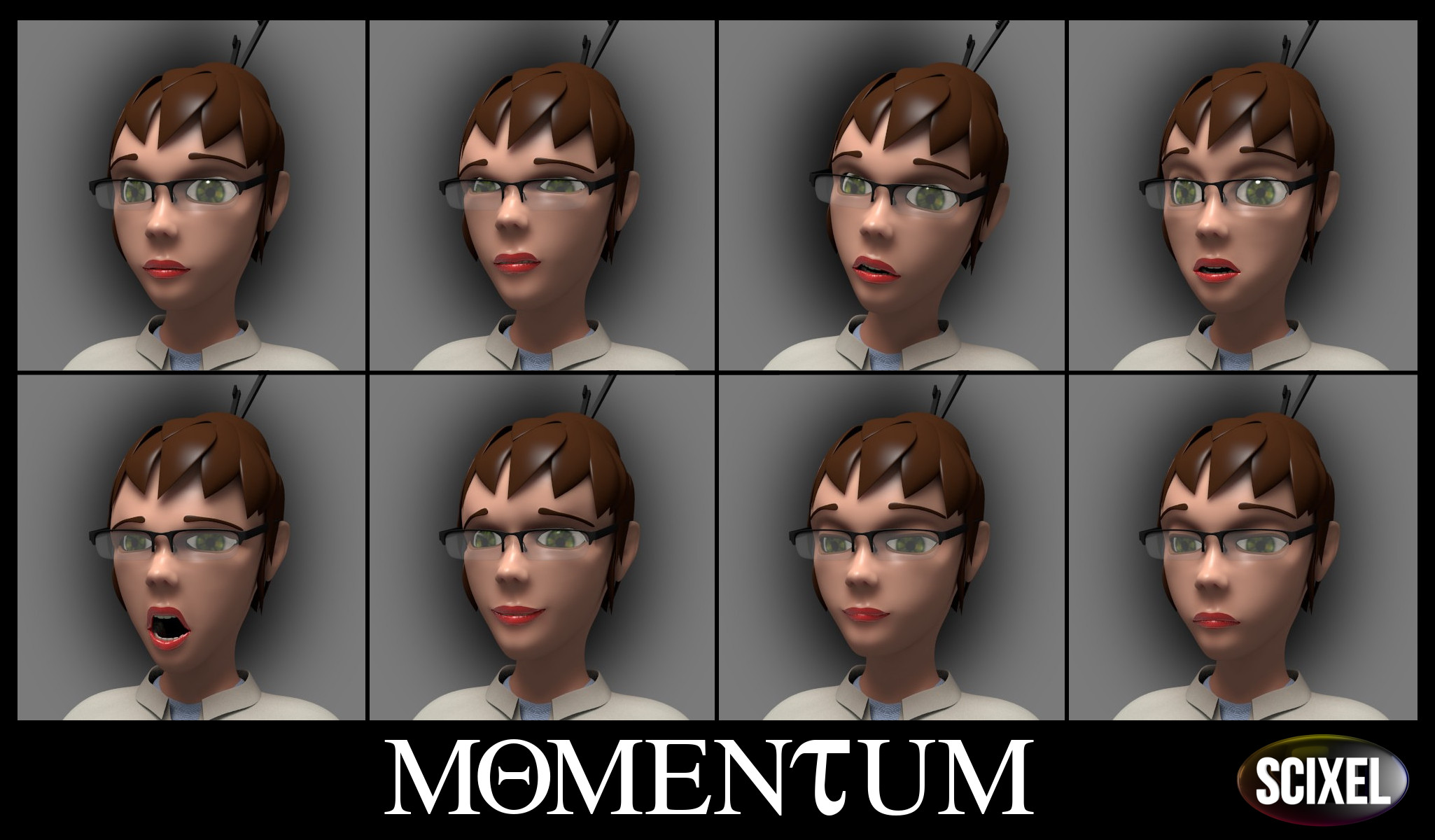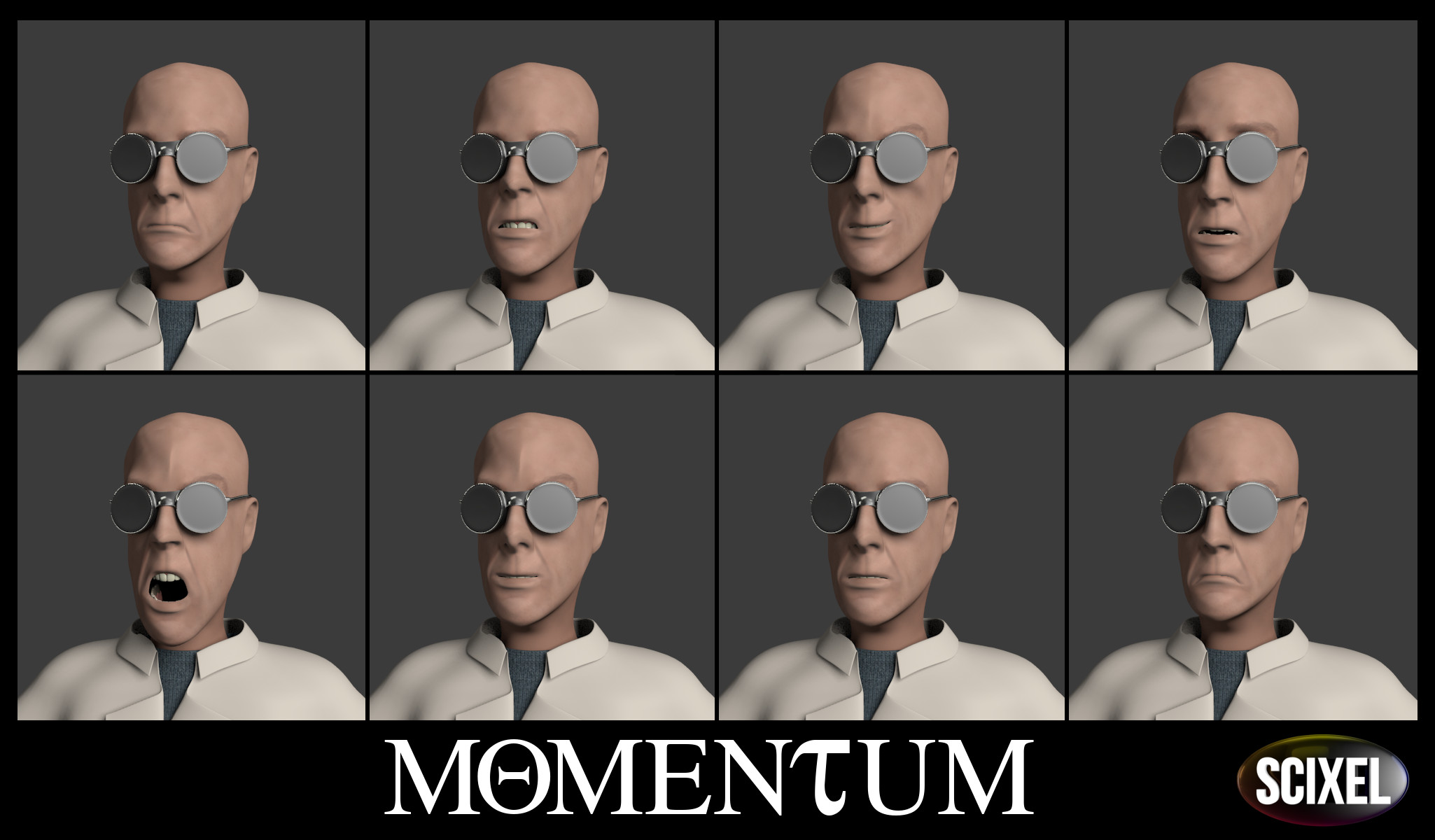Our story with Basel University and in particular with Prof. Thomas Jung, goes back a long way. They are not only really nice people. They always come to me with amazingly beautiful pieces of research.
This time, Prof. Jung, together with Aisha Ahsan, have reported a new method that allows to change the physical state of just a few atoms or molecules within a network. Their efforts are focused in the manipulation of tiny molecules. The smaller the better. Why? Because this systems are perfect candidates for data storage. And the smaller the bits (molecules), the less energy it will take to modify them.
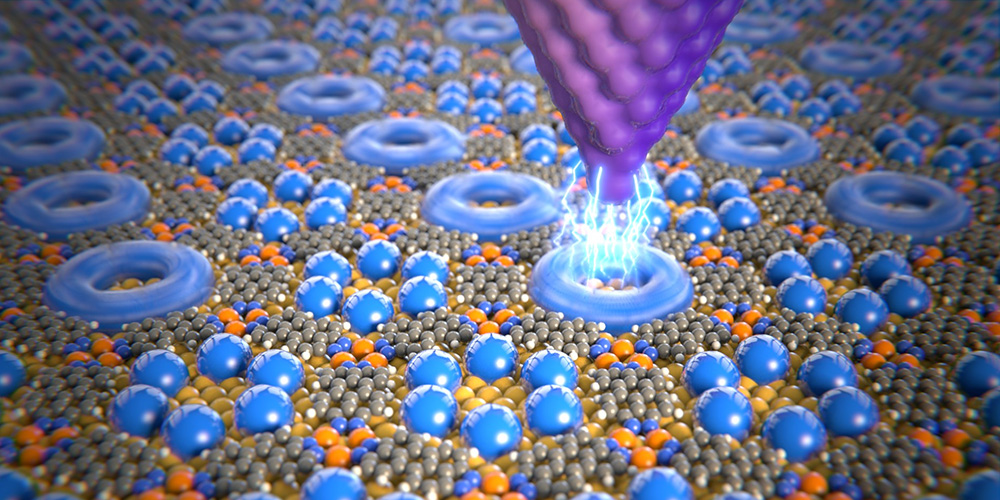
We did this picture to illustrate their research and also an animation that appeared in the video abstract of the paper.
You can read more here.
